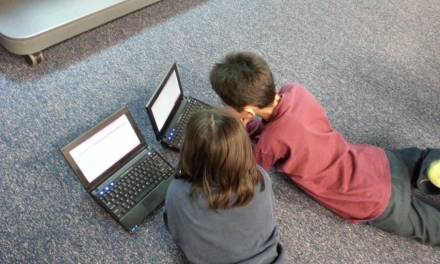Raising engagement in maths – and in turn attainment – is a major focus of every school curriculum policy. Looking at ways to motivate and enthuse pupils in a subject where some have always struggled isn’t easy. However, there are ways to stop the jumble of figures being seemingly meaningless both on the page and in real life and to illustrate ways to put together the parts of the jigsaw which makes up the whole subject.
Transform maths into a story
Stories are much easier to remember than disjointed statistics and numbers. There’s a linear aspect to a story rather than a random group of information which to the pupil may seem to have no correlation to anything they comprehend. A story has a starting point, a middle and a conclusion. Using this teaching method with a maths lesson and you can create a narrative with an ‘I get it’ point where all the random information suddenly comes together.
An example of how to create this would be as follows:
Introduce a sporting character and use him or her to cover a number of mathematical ideas and concepts such as comparing the probability of the character scoring a goal in football within 90 minutes depending on the position they play in on the field and then the actual real-world results.
Probability as a concept isn’t easy to grasp but relate it to the character created and it can be used to place the maths aspect into a much easier to comprehend context.
Emphasise the main points of knowledge and understanding
The last thing you want is to leave a class of pupils trying to guess the point of the lesson.
Lesson objectives should be clearly covered at the start of the class, written on a whiteboard and then left in sight so they can be referred to at any point. Surprise should never be an emotion felt by a pupil when the lesson ends, it should be perfectly clear where the lesson is heading well in advance of the wrap up session and preferably from the start. End the class with a hand out which summarises all the points of the lesson to emphasise again what has taken place and the outcomes achieved.
Choose images rather than words
Visual aids such as photos and images are much easier for the brain to recognise, understand and remember. Blocks of text surrounding a concept in maths are difficult to comprehend which, in addition to the issues of the jumble of information many find with maths in general, can often lead to confusion.
Add images as much as possible to worksheets but ensure they are connected to the path of the learning outcome and storyline. It helps emphasise a point as being important and pushes the learning forward.
Look to address ‘Why’
To a pupil, maths can feel haphazard. Maths though was created by people – for people, and in reality isn’t arbitrary. Address the often asked question of ‘why’ with the discussion of ‘why is this part of maths needed in the first place?’ and once the pupils can see that there is benefit to the concepts they are working on, their understanding will increase. The mission is to simplify the world of the pupil and so encourage their trust in having the ability to use it in real life situations. Make topics such as percentages relevant as well as explaining why they are needed and the ‘I’ve got it’ moment will quickly occur.
Making maths as much about real life and presenting it in a way the brain will respond in a positive manner is the key to raising engagement. It makes it seem more fun, more about the world outside the classroom and the more this is emphasised and understood, the higher the levels of engagement will take place.










